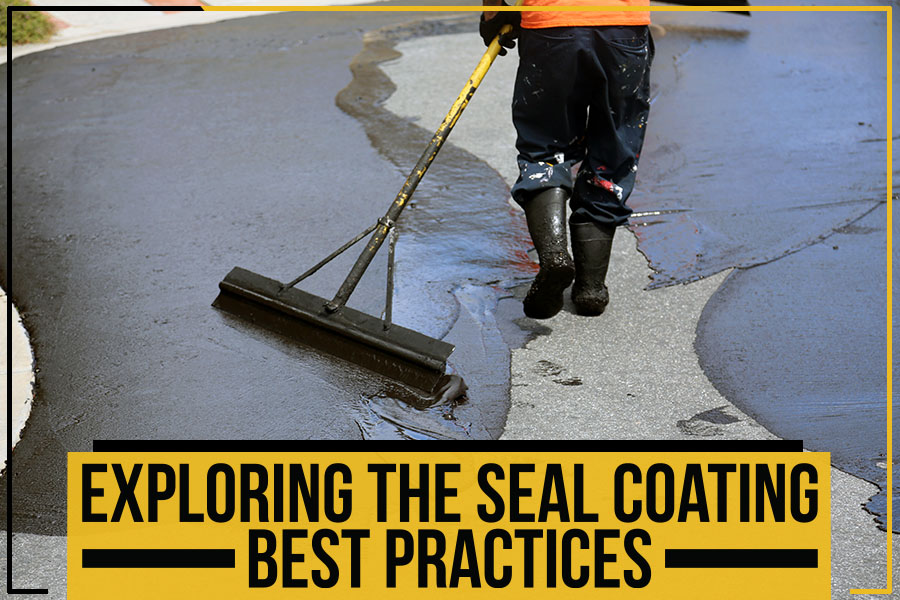
If you own or run a business, you know that your property’s exterior is essential. It is the first thing customers see when they arrive, and it has the power to build or destroy their opinion of your business. That is why it is critical to maintaining your property’s appearance.
One way to do this is by seal coating your pavement. It helps protect your pavement from weathering and fading and can also help improve the appearance of your property.
In this blog post, PowerSurge Plus will explore the best practices of seal coating so that you can make an informed decision about whether or not this service is right for you!
Clean and prepare the surface properly:
Ensure the asphalt surface is clean to ensure the seal coat adheres nicely. Dirt, aggregates, stones, oil spills, and grease can all cause the asphalt sealing to fail.
Trim any vegetation bordering the asphalt surface before you begin seal coating. Grass can get stuck in your sealer and cause ugly stains.
Do a thorough assessment for cracks and potholes. Is there any evidence of water leaking through the gaps, such as unexplained water pools or clay streaks? If that’s the case, it’s a sign of inadequate drainage. Coatings will eventually fail in such regions regardless of how often you go back to try to address the situation.
Use the appropriate sealer:
Seal coats come in various forms, including coal tar emulsion, asphalt emulsion, oil-based, fast-drying, and acrylic. Each of these varieties has advantages and disadvantages. When selecting a product to use, keep these points in mind. The coal tar emulsion is the most often utilized because of its durability and price.
Use the right mixture:
Follow the manufacturer’s recommended mix, coverage rate, and coat count. Any variation, such as utilizing a watered-down mix or “black water,” might result in poor outcomes. Before applying the mixture, make sure it’s well mixed. To create a long-lasting impact, choose high-quality materials.
Use two coat process:
Apply the first coat using a squeegee or a broom. This procedure ensures that the sealer substance is correctly applied to the surface.
After the first coat has been thoroughly dried, a second layer can be sprayed.
It’s critical to provide enough time for curing. It’s important to avoid allowing traffic on it in between coatings.
Spraying a second coat helps achieve a smooth and uniform finish that is both aesthetically pleasing and long-lasting.
Stay patient:
In ideal hot and dry circumstances, seal coat materials cure rapidly; nevertheless, colder temperatures and high humidity lengthen drying time. All seal coat projects should be allowed to dry for a minimum of 24-36 hours before allowing traffic back on them or reapplying line striping.
When is the best time to sealcoat?
PowerSurge Plus experts suggest seal coating at least one to two years following the first asphalt treatment. This permits the asphalt to cure correctly and the outermost layer to wear down. Sealcoating should be done every two to three years.
Do you want your parking lot, driveway, or any other commercial or residential property in Philadelphia, PA, to be seal coated by experts who appreciate the value of a well-kept and long-lasting pavement? For a high-quality yet reasonably priced quotation, get a quote today!









